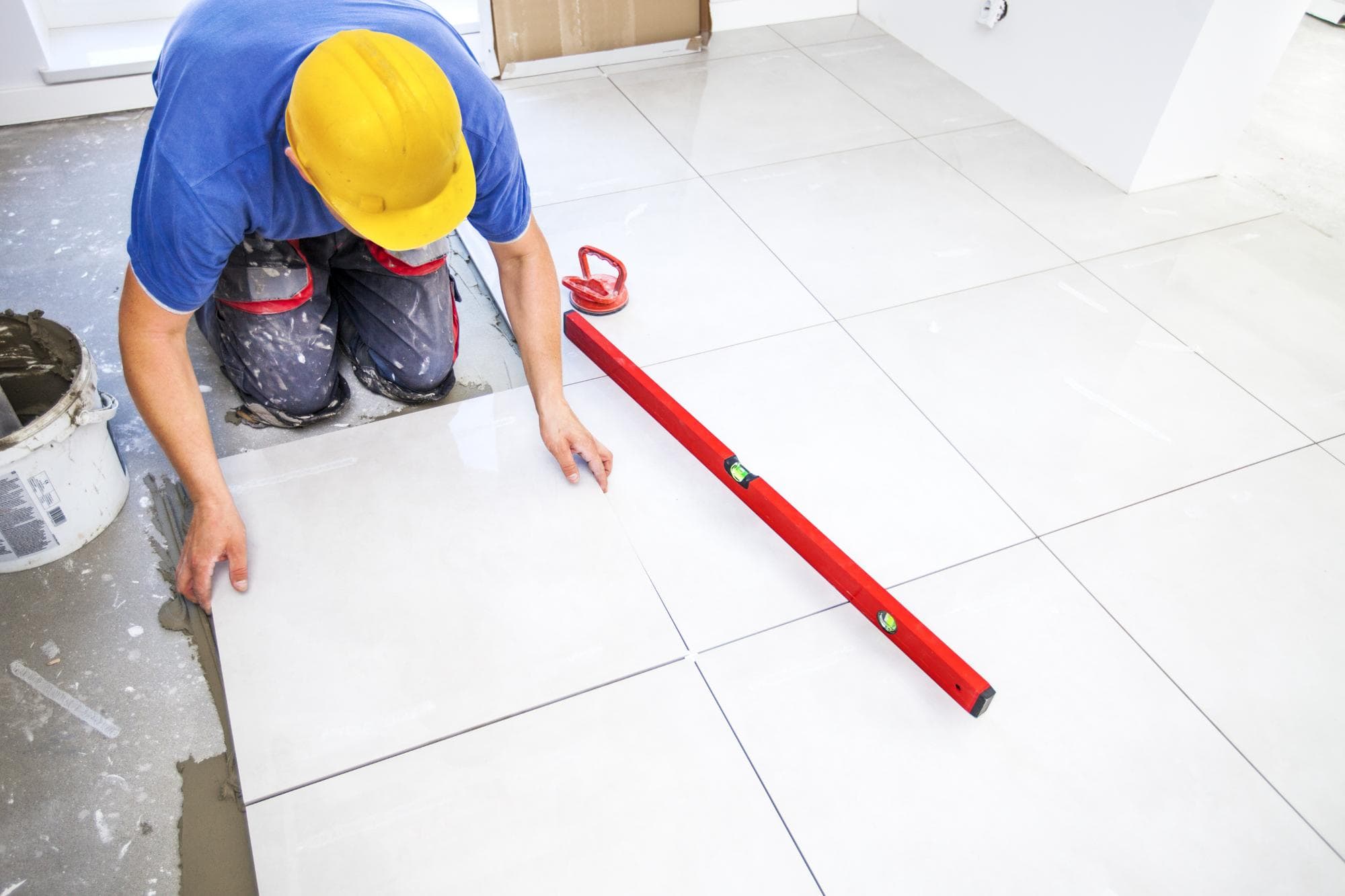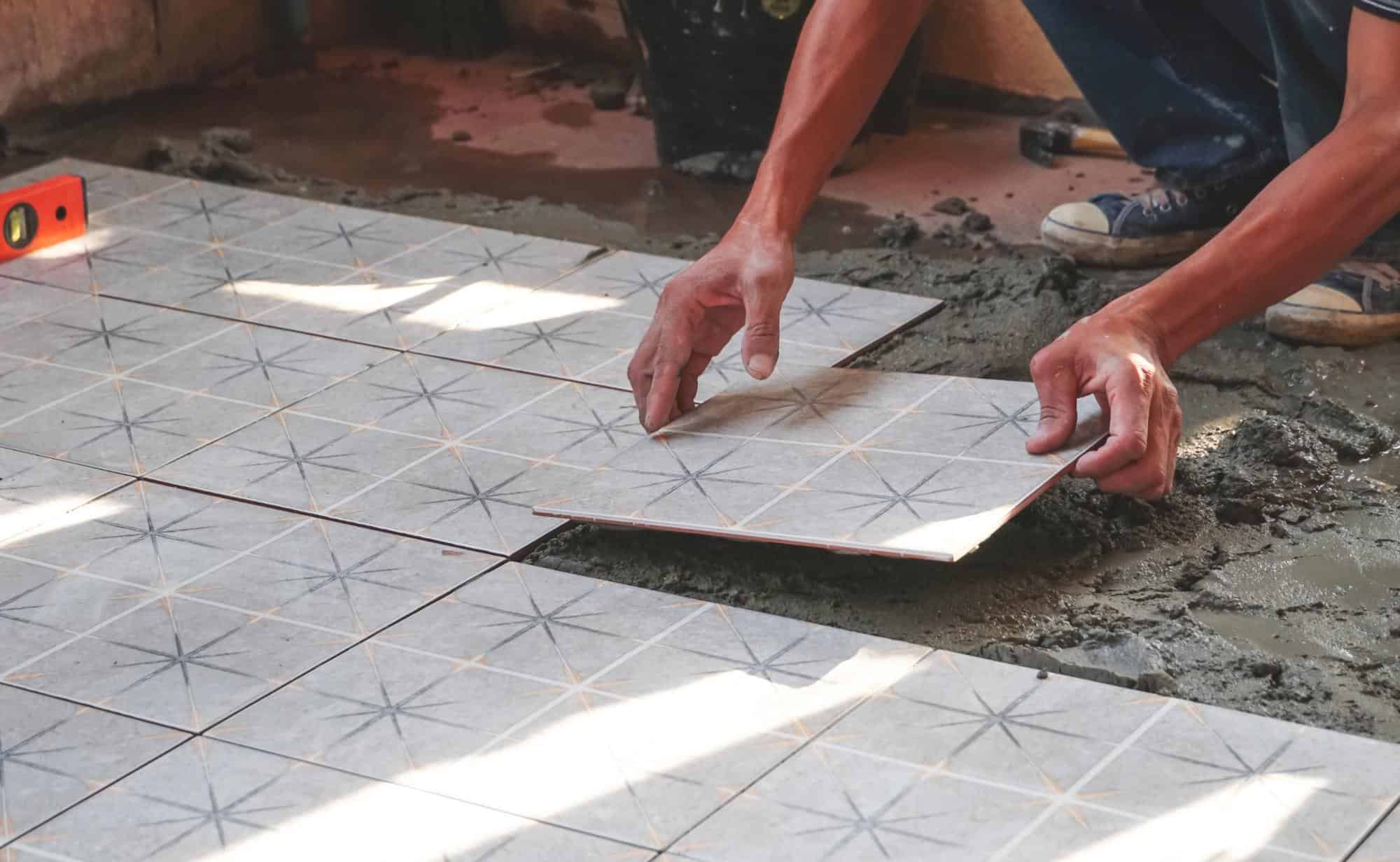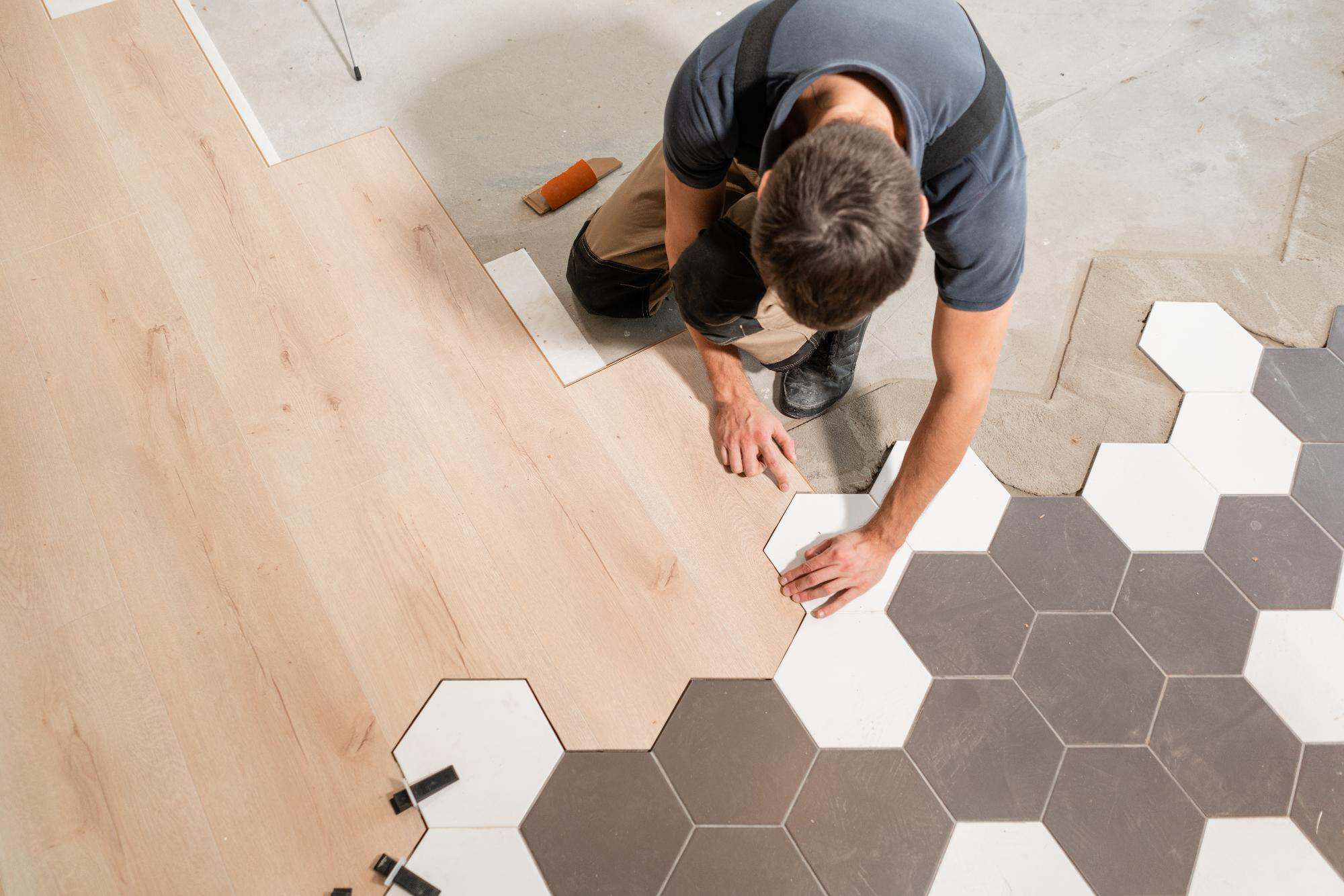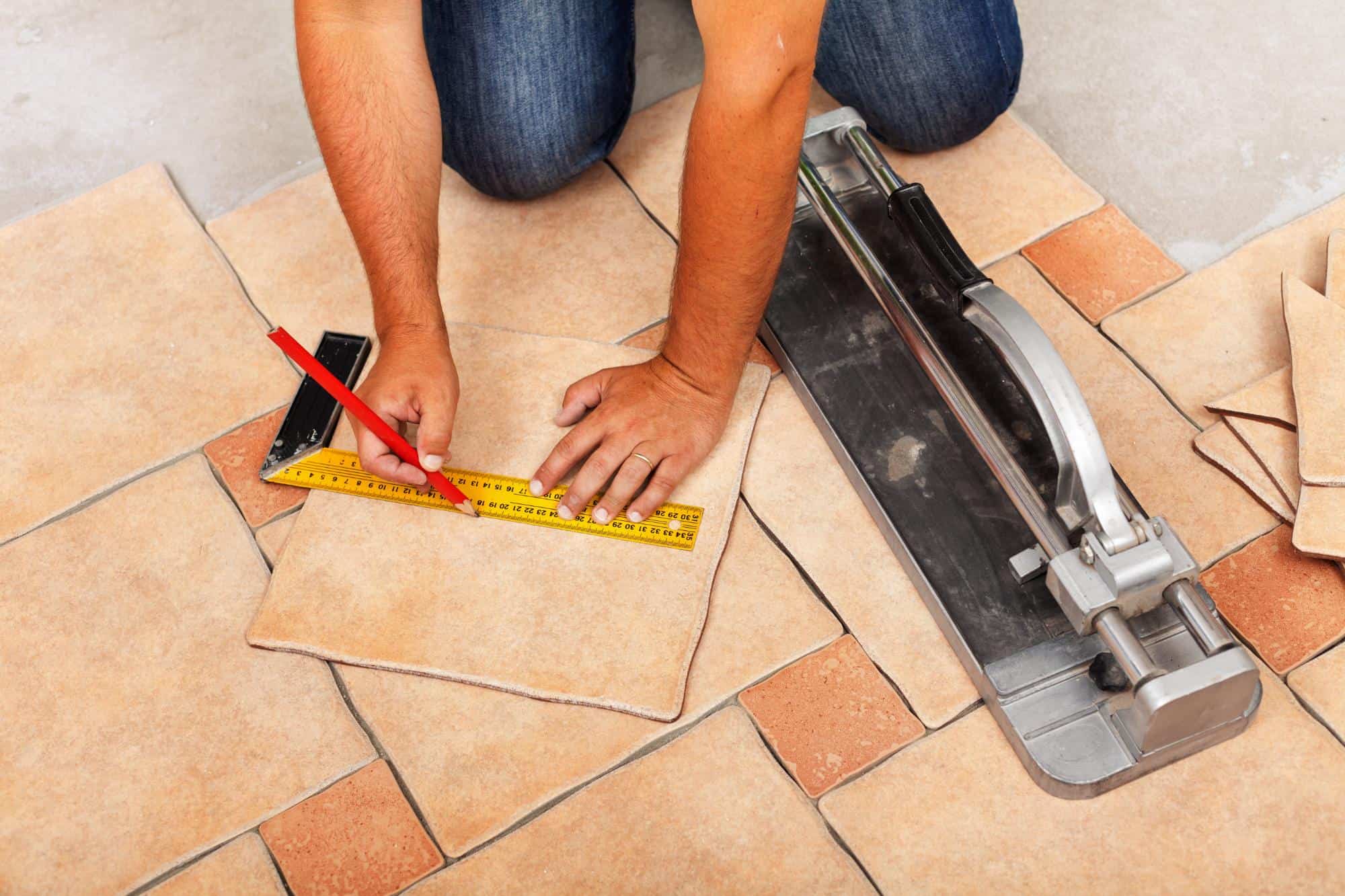Professional tile sealing that stops stains before they start and cuts your cleaning time in half.

Hear from Our Customers

Your tiles look the same after we seal them. But everything changes underneath the surface.
Spills that used to soak in and stain now bead up and wipe away. Coffee, wine, grease, soap scum – they sit on top instead of penetrating deep into your grout lines. You’ll spend half the time cleaning because dirt doesn’t stick like it used to.
The real difference shows up months later when your neighbor’s grout is turning gray and yours still looks fresh. That’s what happens when you seal before problems start instead of trying to fix them after.
We’ve been protecting tile investments across Pleasantside’s established neighborhoods for years. We understand what these beautiful older homes need.
Many homes in Pleasantside were built between 1940 and 1999, and their tile installations represent significant investments. We’ve worked in enough of these properties to know that cookie-cutter approaches don’t work. Your 1960s ceramic needs different treatment than your neighbor’s new porcelain.
We’re not the cheapest option in town, and that’s intentional. Pleasantside homeowners value quality work that lasts, not quick fixes that fail in six months.

First, we assess your specific tile type. Ceramic, porcelain, and natural stone each need different sealants and techniques. Most contractors skip this step and use whatever they have in the truck.
Next comes the deep clean. Any dirt or old sealant has to come off completely, or we’re just sealing problems in place. We use professional-grade equipment designed specifically for tile and grout cleaning.
Then we apply the sealer. We choose penetrating sealers that soak into the material without changing how your tiles look. The application takes precision – too little and you’re not protected, too much and you get sticky residue. We cure everything properly, which means 24-72 hours before you can walk on it or expose it to water.

Ready to get started?
We seal all tile types – ceramic, porcelain, natural stone, and everything in between. Each gets the specific treatment it needs.
Pleasantside’s mix of architectural styles means we see everything from original subway tiles in pre-war homes to modern large-format porcelain in recent renovations. We stock sealers for all of them.
Your service includes thorough cleaning, proper sealer selection, precise application, and detailed maintenance instructions. We also provide a realistic timeline for when you’ll need resealing – usually 2-5 years depending on your tile type and household traffic.
The difference between our work and typical sealing jobs shows up in the details. We don’t leave streaks, sticky spots, or missed areas. And we clean up completely when we’re done.

Ready To Restore The Beauty Inside Your Stone?
Contact us today!
Diamond Stone Restorations Corp
Company
Support
Useful Links